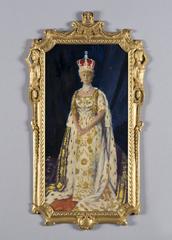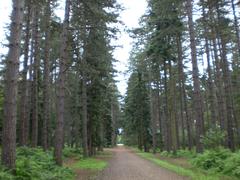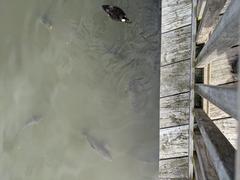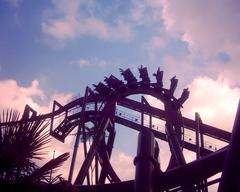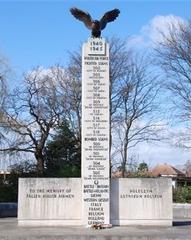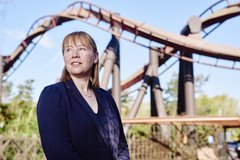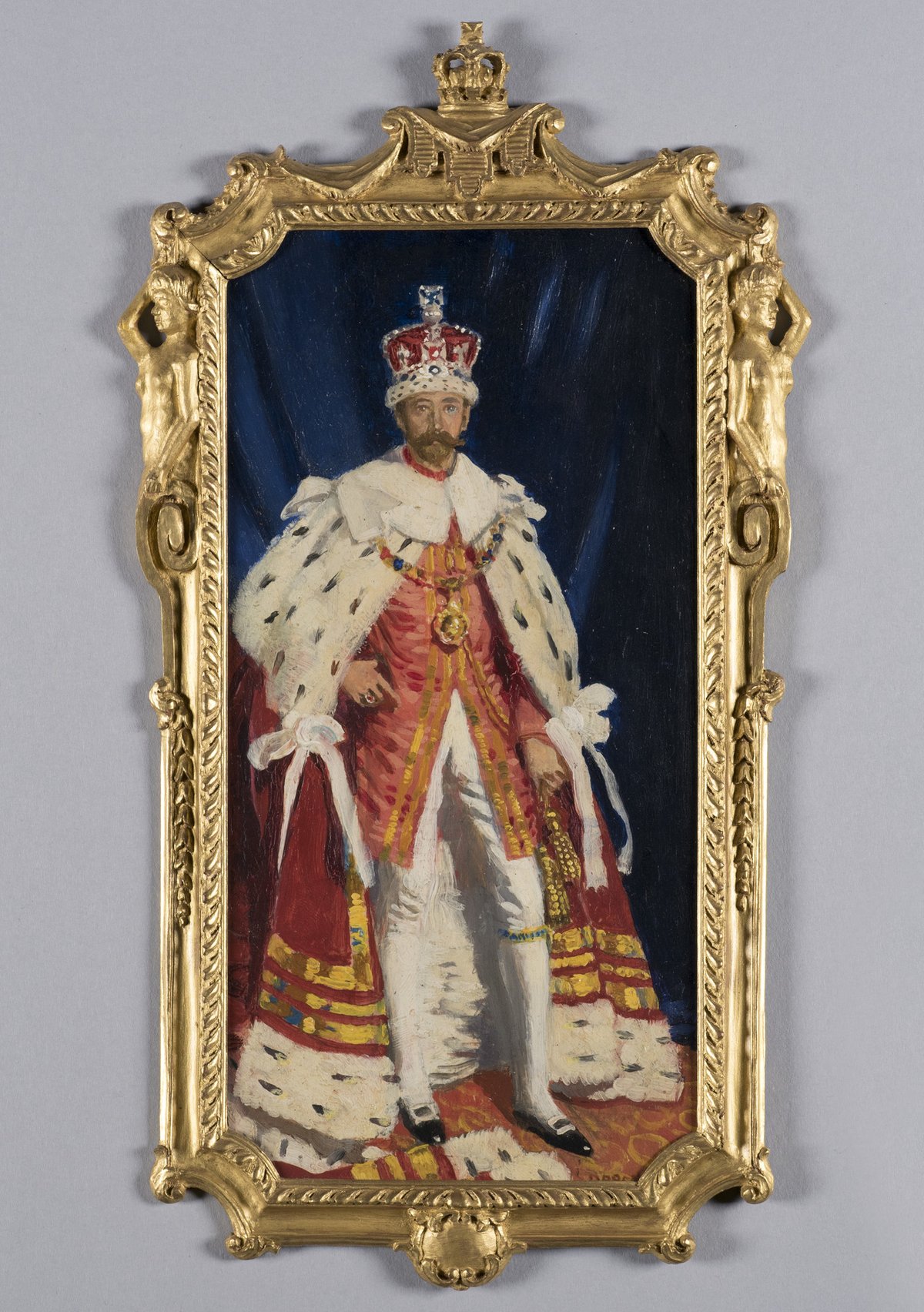
Windsor Castle Visiting Hours, Tickets, and Historical Sites in Slough
Date: 31/07/2024
Introduction
Windsor Castle, situated in Berkshire, England, stands as one of the most iconic and historically significant royal residences in the world. Its origins trace back to the 11th century when it was constructed by William the Conqueror following his successful Norman invasion of England (World History Encyclopedia). Over the centuries, Windsor Castle has evolved from a wooden motte-and-bailey structure into a grand stone fortress and a lavish royal palace. This transformation reflects the architectural and cultural shifts of each reigning monarch, from the medieval expansions under Edward III to the opulent Georgian renovations of George IV (Town and Country Magazine) (Wikipedia).
Today, Windsor Castle remains a working royal palace and one of the official residences of His Majesty The King. It is the oldest and largest occupied castle in the world, attracting over a million visitors annually. The castle’s State Apartments, St. George’s Chapel, and the Round Tower are among the highlights for visitors, offering a unique glimpse into nearly a millennium of British history (World History Encyclopedia). Whether you are a history enthusiast, an art lover, or a family looking for an educational outing, Windsor Castle provides a rich and immersive experience that captures the essence of British heritage and royalty.
Table of Contents
Windsor Castle: Visiting Hours, Tickets, and History
Origins and Early Development
Windsor Castle, located in Berkshire, England, is one of the most iconic and historically significant castles in the world. Its origins date back to the 11th century when it was built by William the Conqueror following his successful Norman invasion of England. The initial structure was a motte-and-bailey castle, a common design of the period, constructed primarily of timber (World History Encyclopedia).
By 1086, the castle was completed and strategically positioned high above the River Thames, providing both a defensive stronghold and a royal residence. The choice of location was also influenced by its proximity to a Saxon hunting ground, making it an ideal retreat for the Norman kings (Town and Country Magazine).
Transition to Stone
The transformation of Windsor Castle from timber to stone began under the reign of Henry II (1154-1189). This significant upgrade included the construction of a stone keep, which provided better defense and durability. The keep, known as the Round Tower, remains a central feature of the castle today (World History Encyclopedia).
Medieval Expansion
The castle underwent substantial expansion and modification during the reign of Edward III (1327-1377). Edward III’s contributions included the construction of the St. George’s Chapel, which is considered a masterpiece of English Perpendicular Gothic architecture. The chapel has since become the spiritual home of the Order of the Garter, the highest order of chivalry in England (Wikipedia).
Tudor and Stuart Periods
During the Tudor period, Windsor Castle continued to serve as a royal residence. Henry VIII (1509-1547) and Elizabeth I (1558-1603) both made significant use of the castle. The Stuart period saw further enhancements, particularly under Charles II (1660-1685), who commissioned extensive renovations to the State Apartments, transforming them into some of the most lavish royal quarters in Europe (Britannica).
Georgian and Victorian Eras
The early 19th century brought another wave of transformation under George IV (1820-1830). His vision for Windsor Castle included the creation of the State Apartments, which are renowned for their opulent Georgian style. Art historian Hugh Roberts described these rooms as “a superb and unrivalled sequence of rooms widely regarded as the finest and most complete expression of later Georgian taste” (Wikipedia).
Queen Victoria (1837-1901) also left her mark on Windsor Castle. During her reign, the castle became a symbol of the British Empire’s grandeur. Victoria’s husband, Prince Albert, played a significant role in the castle’s development, overseeing the construction of the Royal Mausoleum at Frogmore, where both he and Victoria are buried (World History Encyclopedia).
20th Century and Modern Era
The 20th century saw Windsor Castle endure both world wars. During World War I, the British royal family, then known as the House of Saxe-Coburg-Gotha, changed their name to Windsor to distance themselves from their German roots. This change was a direct response to anti-German sentiment during the war (World History Encyclopedia).
World War II brought further challenges. The castle was fortified with an air-raid shelter in the Brunswick Tower, and many of its priceless artworks were moved to safer locations. Notably, some treasures, including the Black Prince’s Ruby from the Crown Jewels, were hidden within the castle grounds (World History Encyclopedia).
The Fire of 1992
One of the most significant events in Windsor Castle’s recent history was the devastating fire on November 20, 1992. The fire started in Queen Victoria’s Private Chapel due to a faulty spotlight and quickly spread, burning for 15 hours and destroying 115 rooms, including nine State Rooms. The restoration efforts were immense, costing £36.5 million and taking five years to complete. The restoration was funded by a combination of public donations and revenue from opening Buckingham Palace to the public for the first time (Town and Country Magazine).
Windsor Castle Today
Today, Windsor Castle remains a working royal palace and one of the official residences of His Majesty The King. It is the oldest and largest occupied castle in the world, attracting over a million visitors annually. The castle’s State Apartments, St. George’s Chapel, and the Round Tower are among the highlights for visitors. The castle also serves as a venue for state banquets, official events, and royal weddings, including the wedding of Prince Harry and Meghan Markle in 2018 (Britannica).
Visitor Information
Opening Hours and Tickets
Windsor Castle is open to visitors throughout the year, from Thursday to Monday. It is recommended to allow 2.5 to 3 hours to explore the castle thoroughly. Tickets can be purchased online in advance, with prices for adults at £30, young persons (18-24) at £19.50, and children (5-17) at £15.00. The ticket price includes a multimedia guide, which provides a comprehensive tour of the castle’s history and its current role as a royal residence (Windsor Castle Official Website).
Changing of the Guard Ceremony
For those interested in the Changing of the Guard, this ceremony takes place on Tuesdays, Thursdays, and Saturdays at 11:00 AM. It is advisable to check the official website for any changes to the schedule (Parsons Pursuits).
Additional Visitor Tips
- Travel Tips: Windsor Castle is easily accessible by train from London, with regular services from London Paddington and London Waterloo.
- Nearby Attractions: Consider visiting other nearby historical sites such as Eton College and the picturesque town of Windsor.
- Accessibility: Windsor Castle is committed to providing access for all visitors. Full details on accessibility options are available on the official website.
- Special Events: Check the official website for information on special events, guided tours, and temporary exhibitions.
- Photographic Spots: Some of the best places for photos include the Long Walk, the views from the Round Tower, and the gardens around the castle.
FAQ
Q: What are the visiting hours for Windsor Castle?
A: Windsor Castle is open to visitors from Thursday to Monday. Specific opening times can vary, so it is recommended to check the official website for the most current information.
Q: How much do Windsor Castle tickets cost?
A: Ticket prices are £30 for adults, £19.50 for young persons (18-24), and £15.00 for children (5-17). Tickets can be purchased online in advance.
Q: Is Windsor Castle accessible for people with disabilities?
A: Yes, Windsor Castle provides a range of accessibility options. Detailed information can be found on the official website.
Conclusion
Windsor Castle’s rich history, architectural grandeur, and ongoing role as a royal residence make it a must-visit destination for anyone interested in British history and culture. From its origins as a Norman fortress to its current status as a symbol of the British monarchy, Windsor Castle offers a unique glimpse into nearly a millennium of history (World History Encyclopedia).
Stay Up to Date
For more updates on Windsor Castle and other historical sites, follow us on social media and check out our other related posts. Download our mobile app for a comprehensive guide and the latest news on travel destinations.
References
- World History Encyclopedia, n.d., worldhistory.org
- Town and Country Magazine, n.d., townandcountrymag.com
- Wikipedia, n.d., wikipedia.org
- Royal Collection Trust, n.d., rct.uk
- Britannica, n.d., britannica.com
- Parsons Pursuits, n.d., parsonspursuits.com
- The Tour Guy, n.d., thetourguy.com
- Geographical Cure, n.d., thegeographicalcure.com
- Britain’s Best Guides, n.d., britainsbestguides.org
- Windsor Castle Official Website, n.d., windsor.gov.uk

